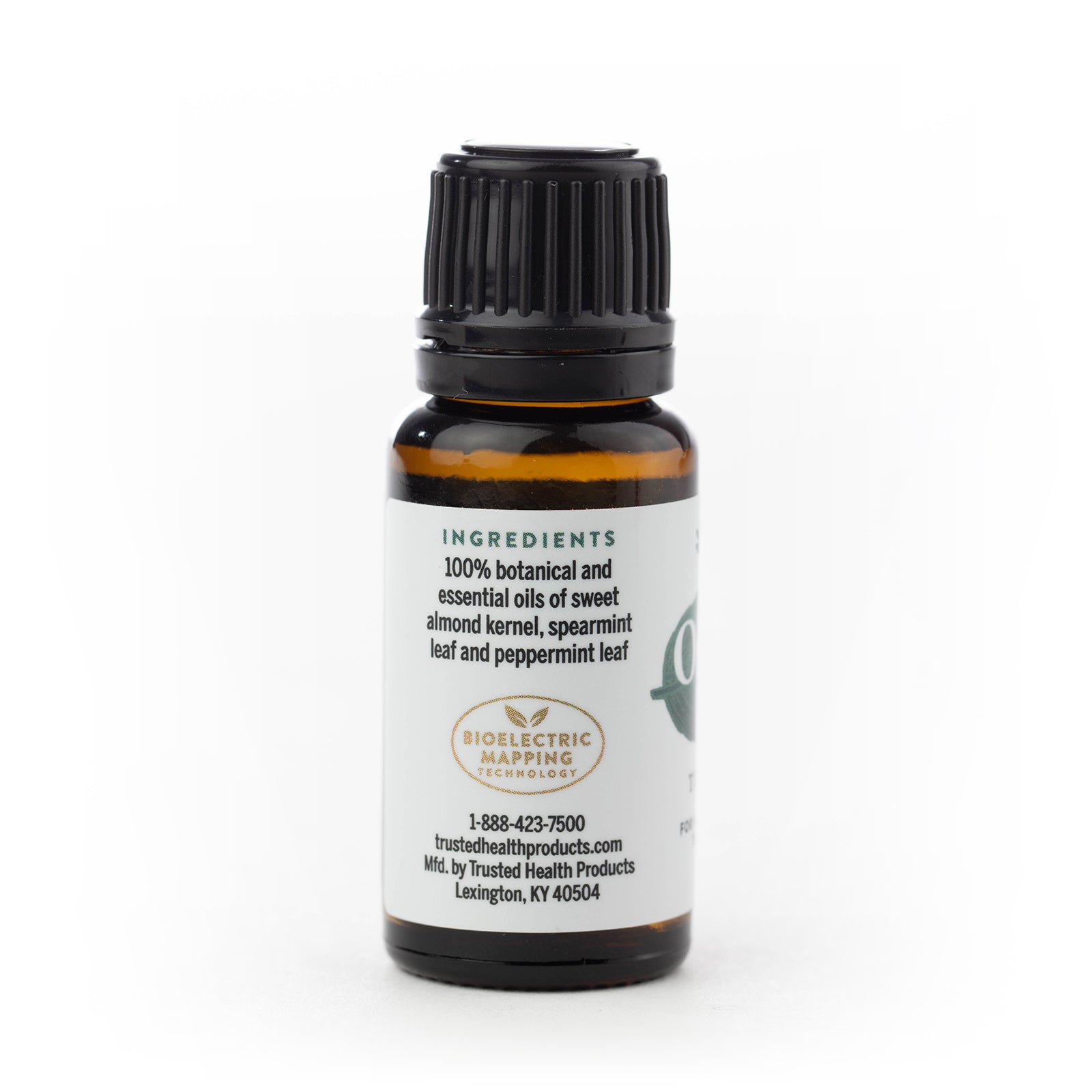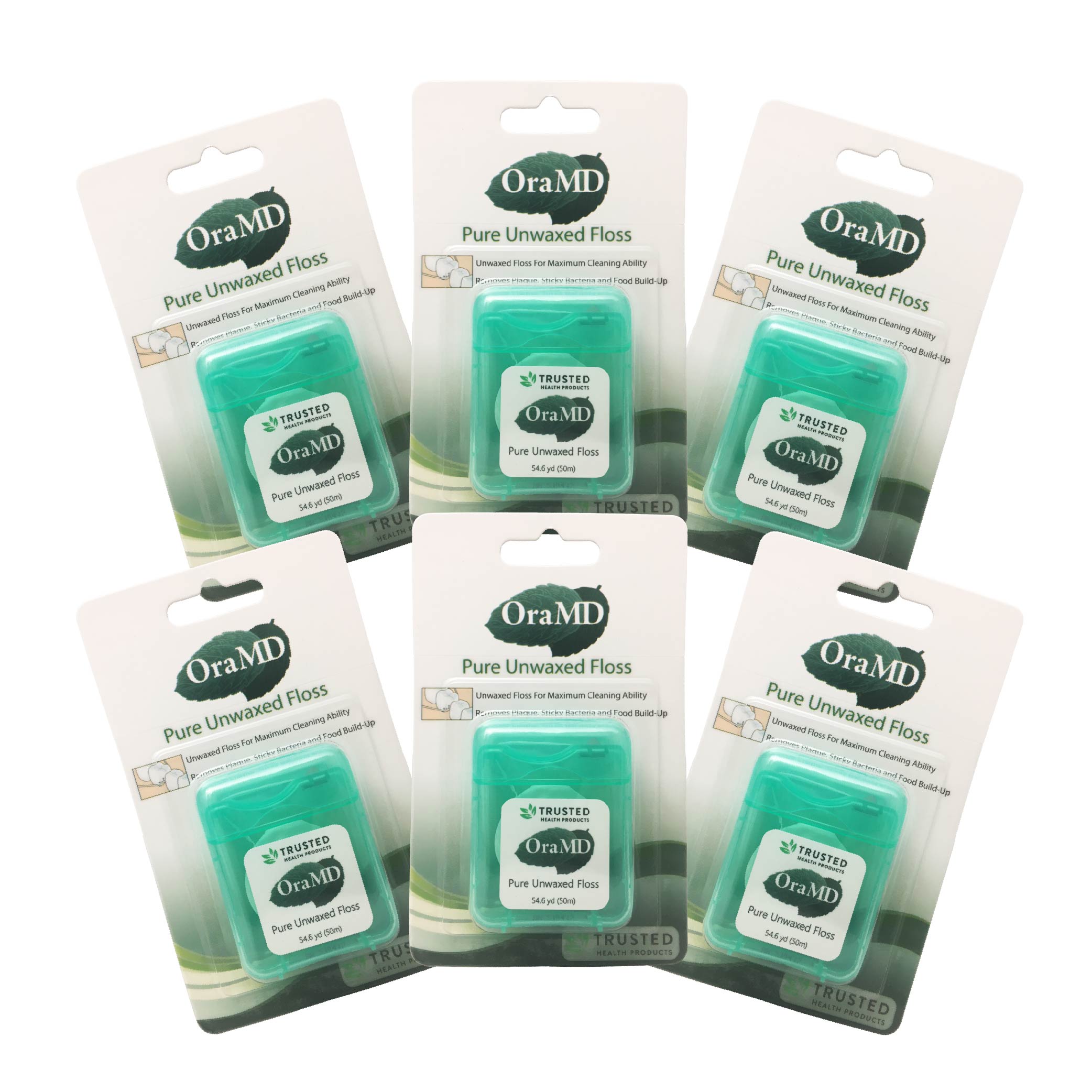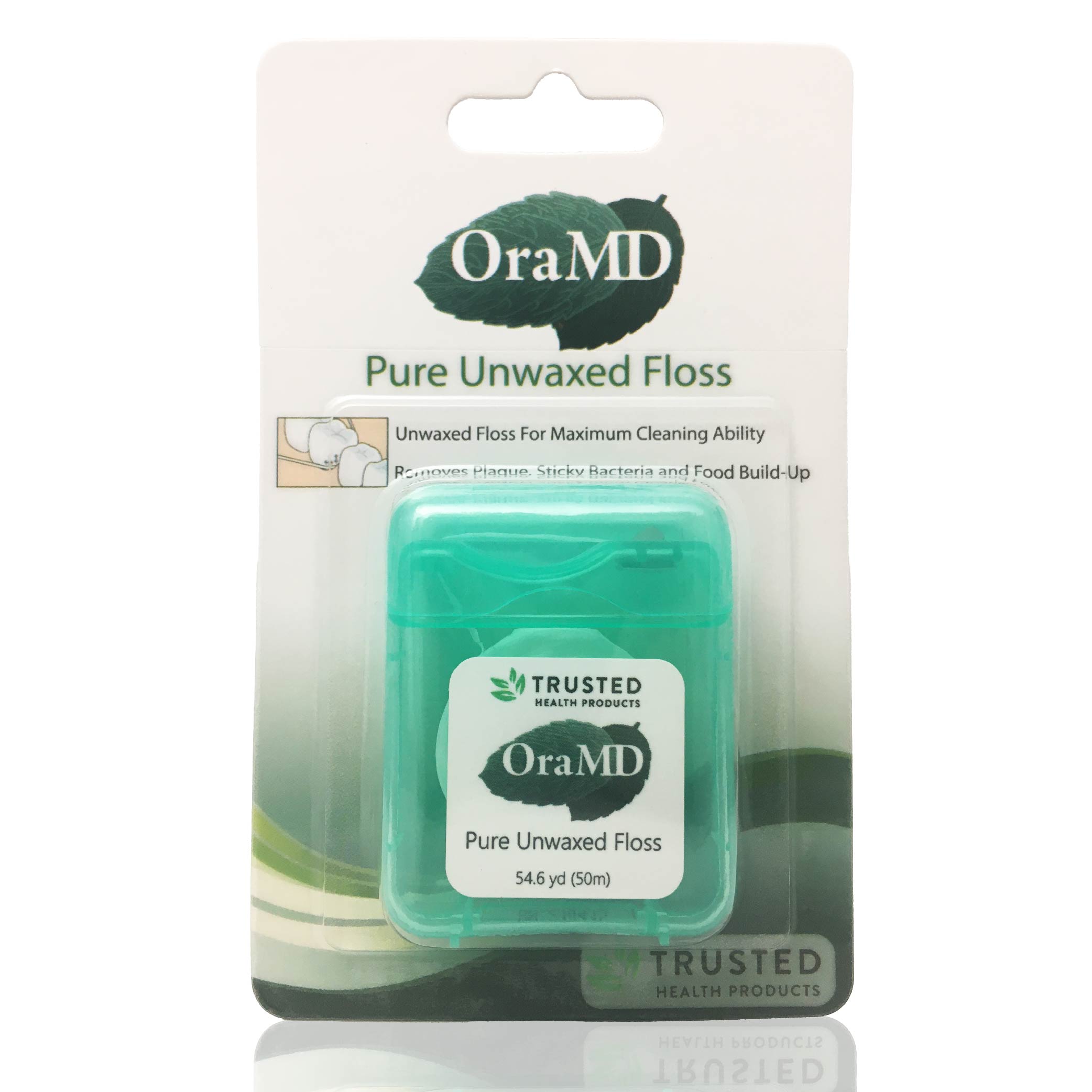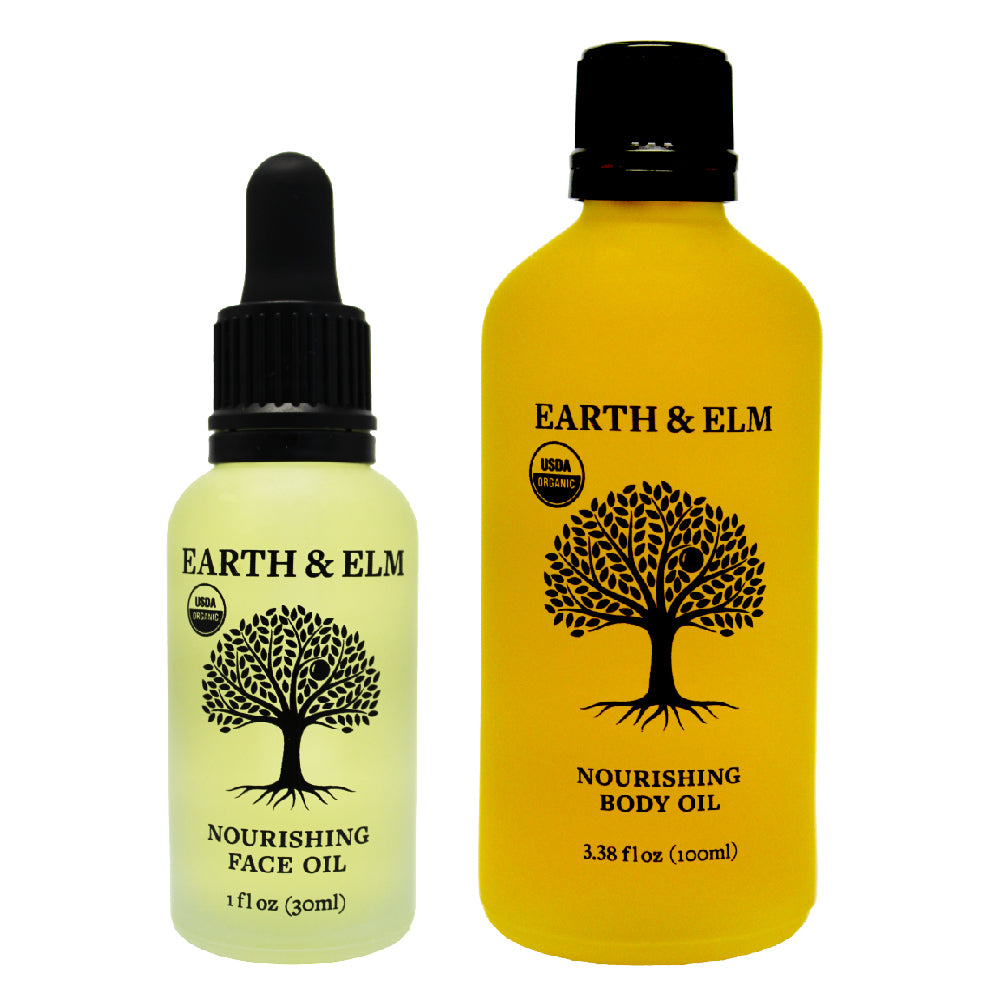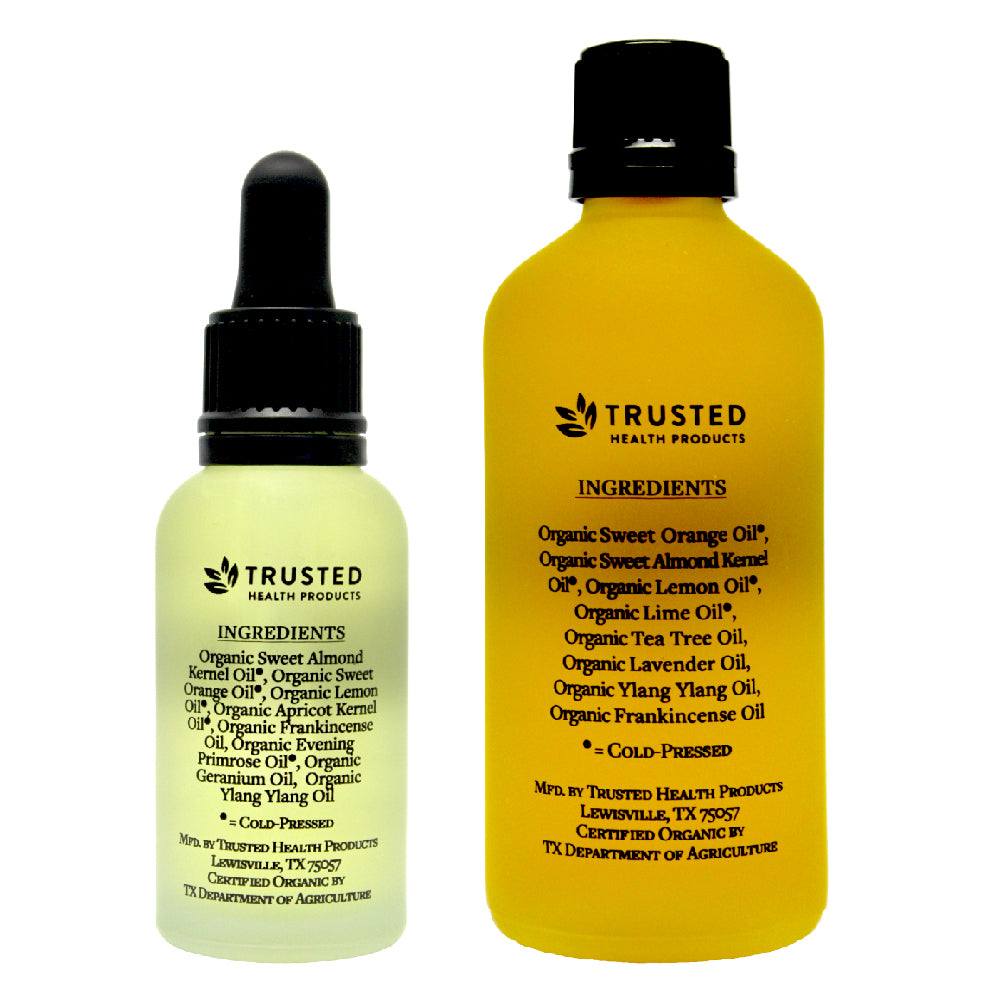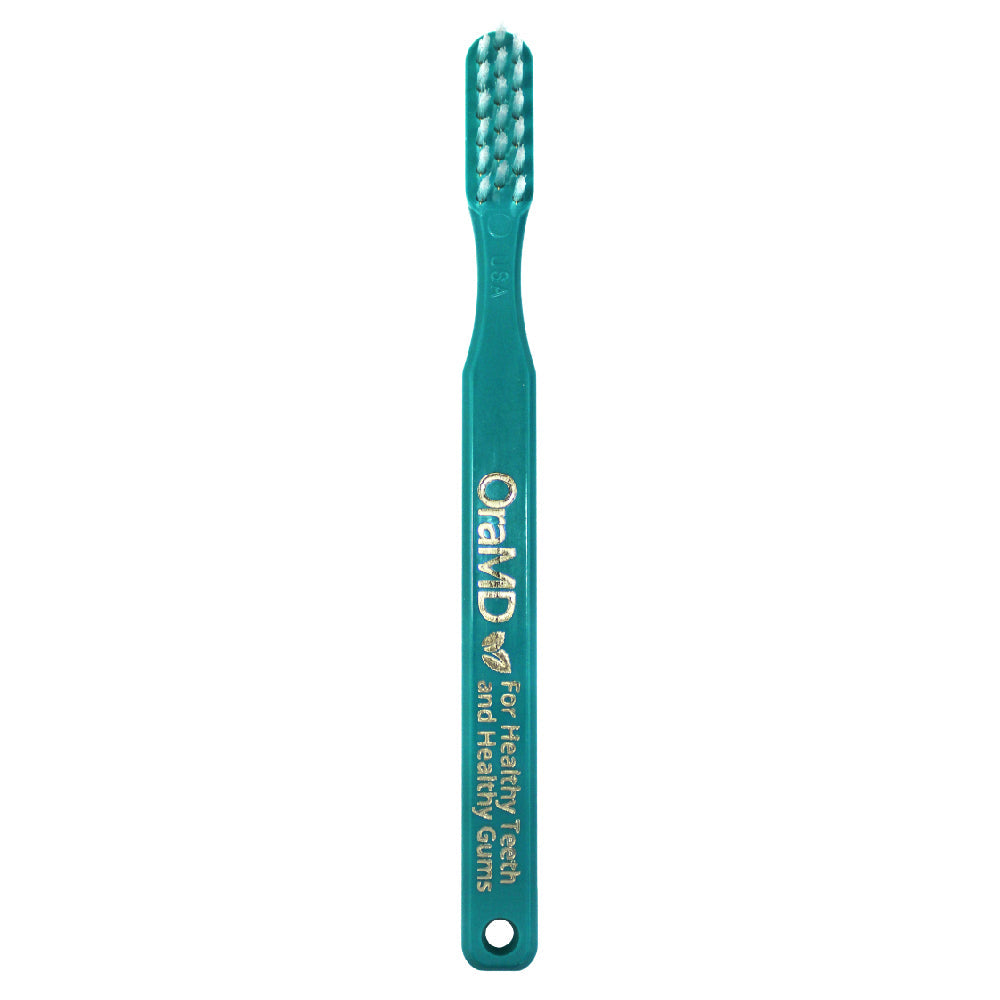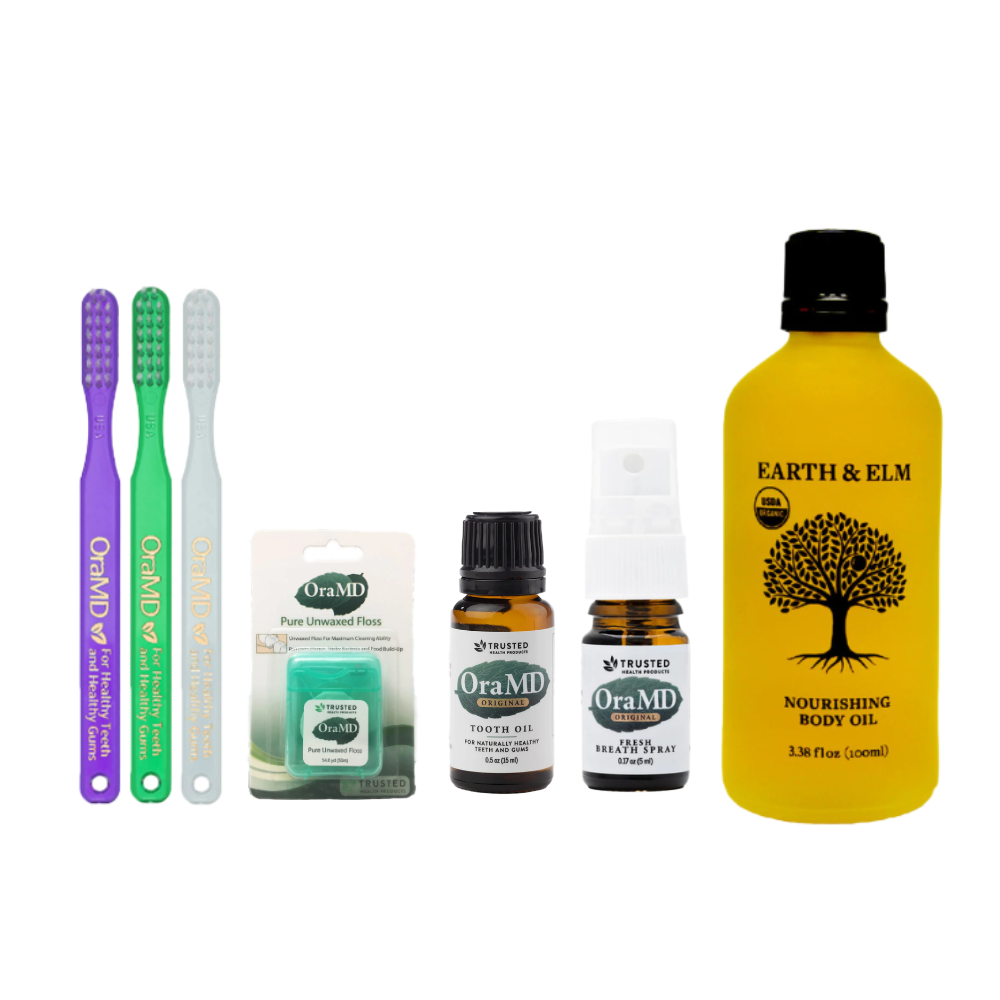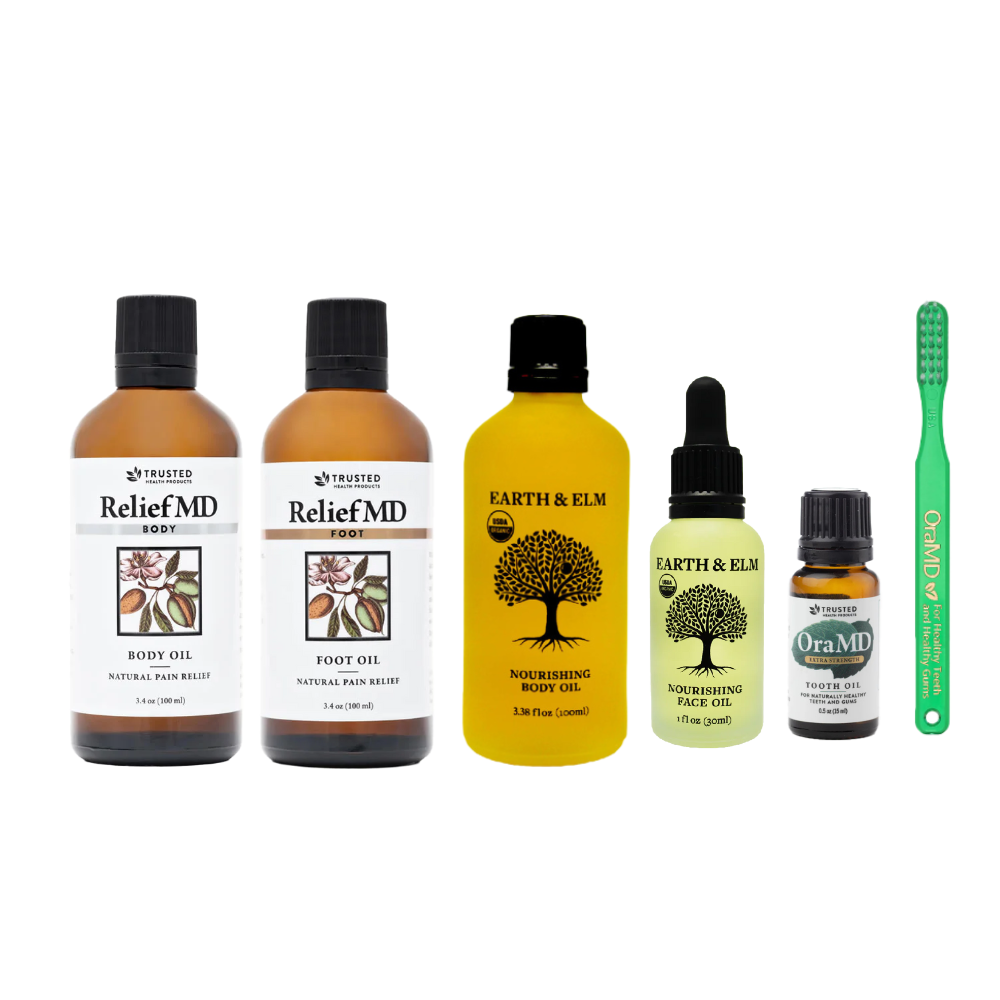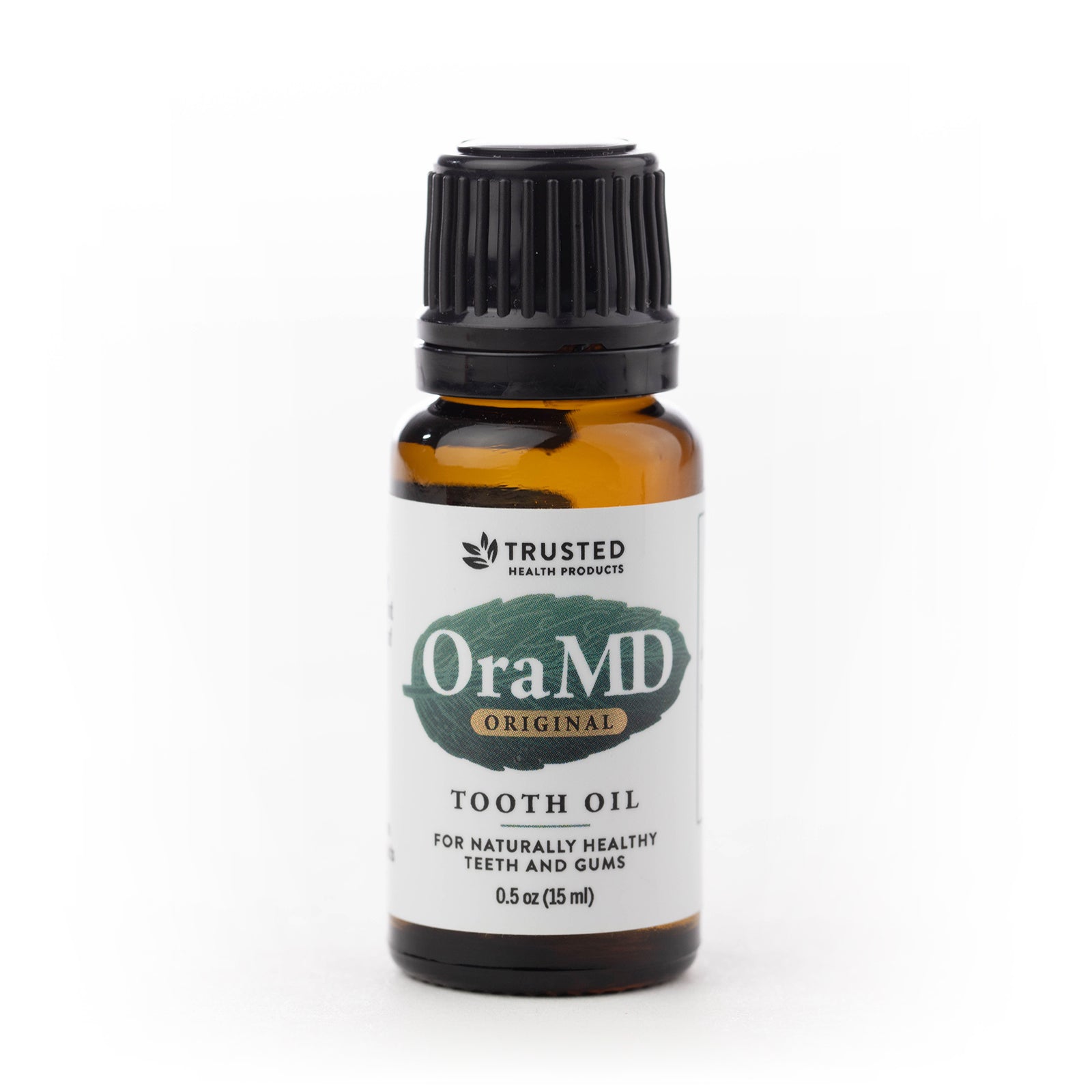What Does Sorbic Acid Do For Skin?
July 23, 2021
Author: Admin Editor
Tags:
Written By Kassandra Foreman / Reviewed By Ray Spotts
Sorbic acid is mostly used for preservative reasons. It is an antimicrobial compound that occurs naturally in some berries, but is also created artificially in labs to be used as a preservative in food and skincare products.
It is relatively safe for the skin, but may cause mild irritation in those who have an allergy to it. If irritation occurs use of the product should be discontinued.
Prevent bacteria with sorbic acid
This compound is highly successful in killing mold, fungi, and yeast, as well as some other bacteria. It is often used in the form of salt - mostly sodium sorbate, potassium sorbate, and calcium sorbate - in food products and skin care. By adding this to skin care the growth of bacteria within the products can be avoided and the shelf life extended.
Preventing mold growth and other bacteria stops infections from forming after use or when exposed to the bacteria, keeping the product safe for use on the skin or in food products. It also makes them safe to consume for longer periods of time.
Retain moisture with sorbic acid
Another use of sorbic acid in skin care is as a humectant to keep the moisture within the product and avoid it drying out and becoming unusable. Extending the shelf life of the product allows it to be a better value and to be used before it becomes dried out or damaged. In many products that are created to be glycerin-free sorbic acid is used in its place.
A humectant in skin care may also provide a slight advantage to the skin by maintaining its own moisture barrier. A humectant will also prevent the skincare product from causing the skin to dry out by keeping it from pulling needed moisture from the skin.
Sensitive skin and sorbic acid
This ingredient can be potentially irritating for those with sensitive skin or eczema so should be used with caution or on a test patch first. Concentrations of this ingredient should remain low - 0.05 percent to 0.3 percent are common concentrations of sorbic acid - to avoid irritation of the skin.
As this may have a potential to create a change in color when it becomes oxidized it can be mixed with a low concentration of citric acid to bring it back into balance. This is particularly important when used in cosmetics as any change of color, even slightly, can make it unusable.
Looking for 100% chemical-free, all-natural nourishing face and body oils? Check out Earth & Elm Nourishing Face Oil and Earth & Elm Nourishing Body Oil. Subscribe to our Trusted Health Club newsletter for more information about natural living tips, natural health, oral health and skincare. If you are looking for more health resources check out the Trusted Health Resources list.
Written By:
Kassandra Foreman has been writing freelance for five years now and enjoys learning about new things to write about. When not writing she teaches yoga and meditation with a focus on health and fitness.
Reviewed By:
Founder Ray Spotts has a passion for all things natural and has made a life study of nature as it relates to health and well-being. Ray became a forerunner bringing products to market that are extraordinarily effective and free from potentially harmful chemicals and additives. For this reason Ray formed Trusted Health Products, a company you can trust for clean, effective, and healthy products. Ray is an organic gardener, likes fishing, hiking, and teaching and mentoring people to start new businesses. You can get his book for free, “How To Succeed In Business Based On God’s Word,” at www.rayspotts.com.









